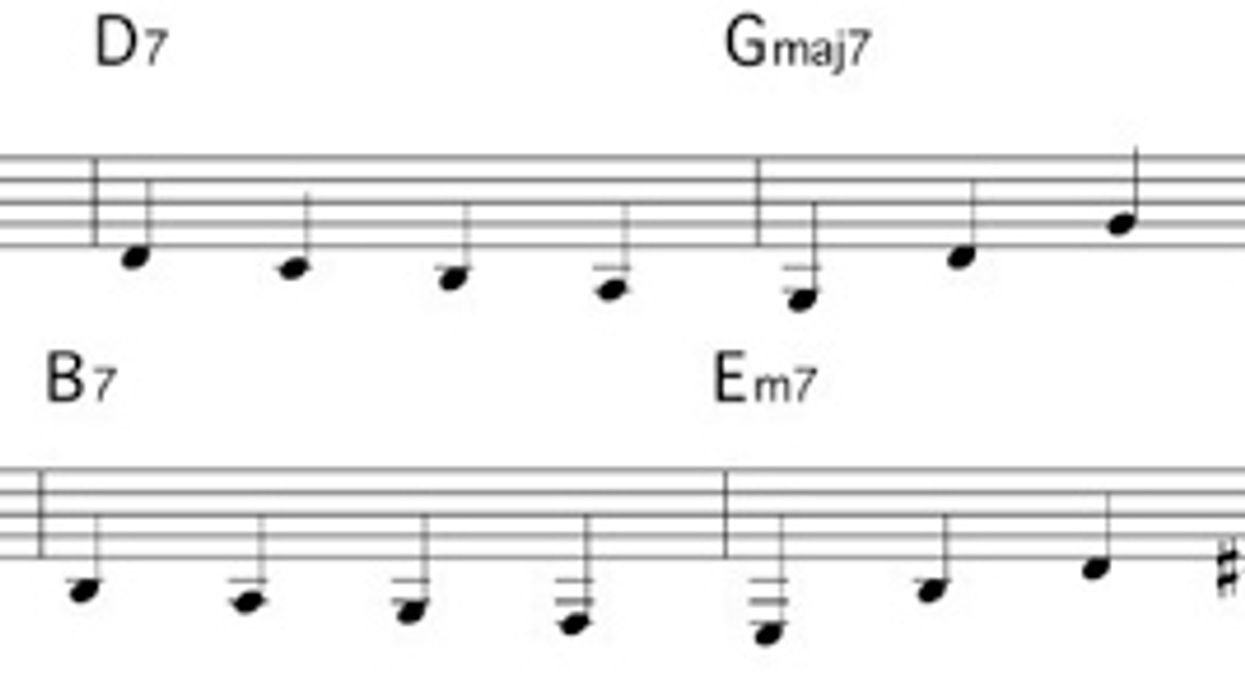Search
Latest Stories
Start your day right!
Get latest updates and insights delivered to your inbox.
jazz-lines-comping-soloing-harmony-bass-autumn-leaves-jane-miller-duet-do
Don’t Miss Out
Get the latest updates and insights delivered to your inbox.
Recent
load more
